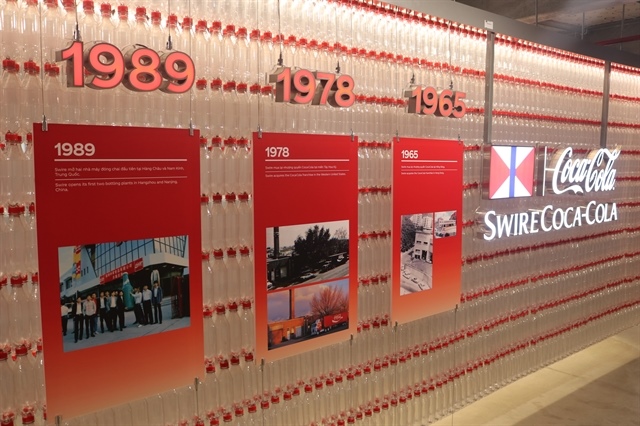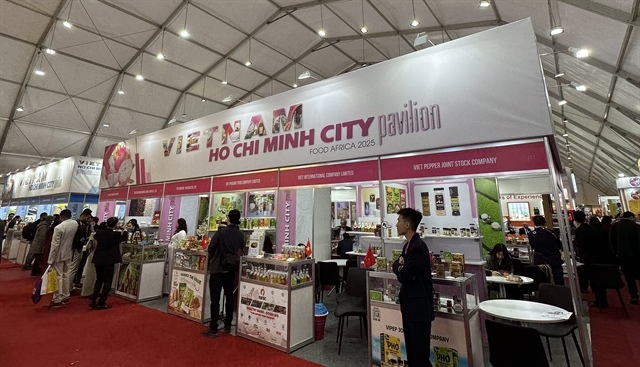Shipping industry out of its depth
Shipping industry out of its depth
Imbalance in the structure of ship categories was a major difficulty for Viet Nam's sea transport industry, said head of the Marine Department, Nguyen Nhat.

According to the department, Viet Nam had about 1,700 sea ships, including 28 container ships, 172 bulk carriers, over 940 mixed ships, 150 oil carriers, nine liquefied gas carriers and 37 passenger ships.
The figures showed that Viet Nam had an abundance of small ships, but lacked ships with high loading capacities or specialised vessels, Nhat said.
In the last four years, the number of container ships worldwide increased on average 6.8 per cent, but the percentage in Viet Nam was just 1.1 per cent.
Nhat said the imbalance put sea transport firms in tough competition, particularly during the economic slowdown, when they were burdened with increased input costs and fewer transport orders.
High logistic costs and inadequate sea port facilities also hindered the development of Viet Nam's sea transport sector, Nhat added.
Viet Nam had about 800 logistics firms but the majority of them were small and only provided services in Viet Nam and neighbouring countries, Nhat said.
"Most firms don't focus enough on efficient supply chains," he said, noting that they hardly had a separate section specialising in logistics management.
Most of the 44 sea ports in Viet Nam were not designed to receive container ships and did not have proper equipment to load or unload containers, he added.
General Secretary of the Viet Nam Ship Owners' Association, Do Xuan Quynh, said owners were suffering losses from sluggish operations.
They could not afford to improve their fleets and expand production, he said.
The Vietnamese fleet can currently only deal with 30 per cent of the market share, and foreign shipping companies take the rest.
About 400 Vietnamese ships carry goods overseas but mostly on routes to China and Southeast Asian countries.
Quynh said that financial support policies such as preferential loans, reduced interest rates or reduced marine fees were needed.
Vice director of New Sai Gon Port Company, Ngo Minh Tuan, said that it was time to develop logistics centres in line with industrial and economic zones.
Transport infrastructure must be developed to connect such centres, zones and seaports, he said, emphasising that combined efforts could help improve the competitiveness of Viet Nam's sea transport industry.
During talks between leaders of the Transport Ministry, seaport operators and shipping companies on August 5, Minister Dinh La Thang said the ministry would review seaport development planning and the structure of ship categories.
He said the investment to improve seaport infrastructure and links between sea transport to other transport models would be continued.
At present, key projects are ongoing, including Hai Phong's Lach Huyen International Seaport, a waterway passage for heavy vessels to the Hau River and improved waterway passage to the Cua Lo Port.
bizhub























